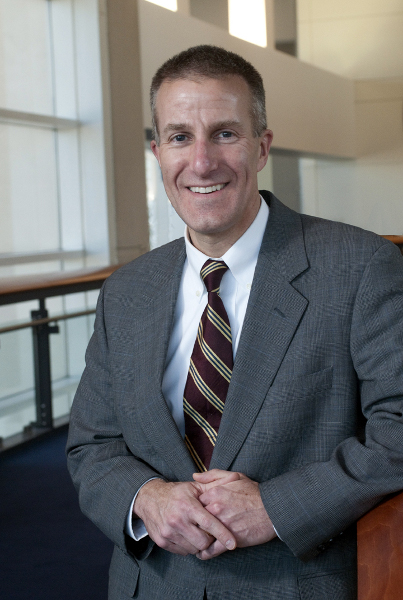 The American College of Radiology has launched the Harvey L. Neiman Health Policy Institute as a vehicle to research the role of radiology in healthcare reform, especially as it relates to quality-based approaches to care and the impact of radiological care to overall medical costs.
The American College of Radiology has launched the Harvey L. Neiman Health Policy Institute as a vehicle to research the role of radiology in healthcare reform, especially as it relates to quality-based approaches to care and the impact of radiological care to overall medical costs.
The relationship between radiology and healthcare is deeply rooted, making imaging an important element to understand as a piece in the greater workings of the industry.
"It's very hard for a patient to get admitted to the hospital or come to the emergency department with anything other than something minor and not undergo some sort of medical imaging," says Richard Duszak, MD, CMO of the Harvey L. Neiman Health Policy Institute and vice chair for health policy and practice in the department of radiology and imaging sciences at Emory University School of Medicine. "That's a validation in clinical practice of how important imaging has become to patient care."
However, given its intrinsic nature in healthcare, radiology and imaging often get caught in the middle of policy conversations with one side claiming imaging is exponentially contributing to rising healthcare costs and the other side defending imaging as a progressive tool whose technologies have advanced patient care.
"Imaging has been a huge technological and clinical advance, particularly over the last couple decades," Dr. Duszak says. "Depending upon one's vantage point, that is either good or bad."
These are the issues the Institute seeks to unravel, and they are questions largely unanswered by researchers.
Until now, Dr. Duszak says much of the focus of quality-based research has been directed toward primary care, which he says makes sense, as most chronic disease management and initial medical encounters are based in primary care. However, given the prevalence of imaging in healthcare, the Institute seeks to fill the research gap regarding radiology's position in the healthcare industry and policy.
"As we get into value-based payment systems and delivery systems — knowing imaging is so important to the delivery of care — the real challenge for us collectively is how do we use imaging resources most judiciously to get the most value from the the perspective of patients, health systems, payers and all stakeholders?" he asks.
The challenge with fitting imaging into the larger picture of healthcare reform is that imaging is a widespread tool employed in a number of settings for different purposes. There is no "one size fits all" when it comes to imaging utilization.
"Imaging should not be looked at with a broad brush," Dr. Duszak says. "Imaging is performed in lots of different venues by lots of different providers for lots of different indications, and lots of different types of imaging are being performed at a modality level."
Given the expansive utilization of imaging, another aim of the Institute is to determine how imaging fits in these different settings — the emergency room versus an outpatient office versus a hospital setting — and incorporate those uses into meaningful, appropriate policy.
The Institute is still in its start-up phase, only launched in late 2012, but it has already made headway in research and has awarded grants to support studies on diagnostic imaging. Dr. Duszak hopes the five-person team at the Institute will continue to press on and collaborate with partners to transform and incorporate radiology and imaging as a key player in healthcare.
"Health services and health policy research in healthcare is really underutilized and under-pursued. Radiology is no exception to that," Dr. Duszak says. "The goal of our group was really to get radiology as a specialty to be a credible player in the space."
More Articles on Value-Based Care:
Value-Based Care and Children's Hospitals: Routing the Next Steps
Are Large Hospital Systems Best for Value-Based Care?
Perioperative Nurse Education and the Future of Value-Based Care


